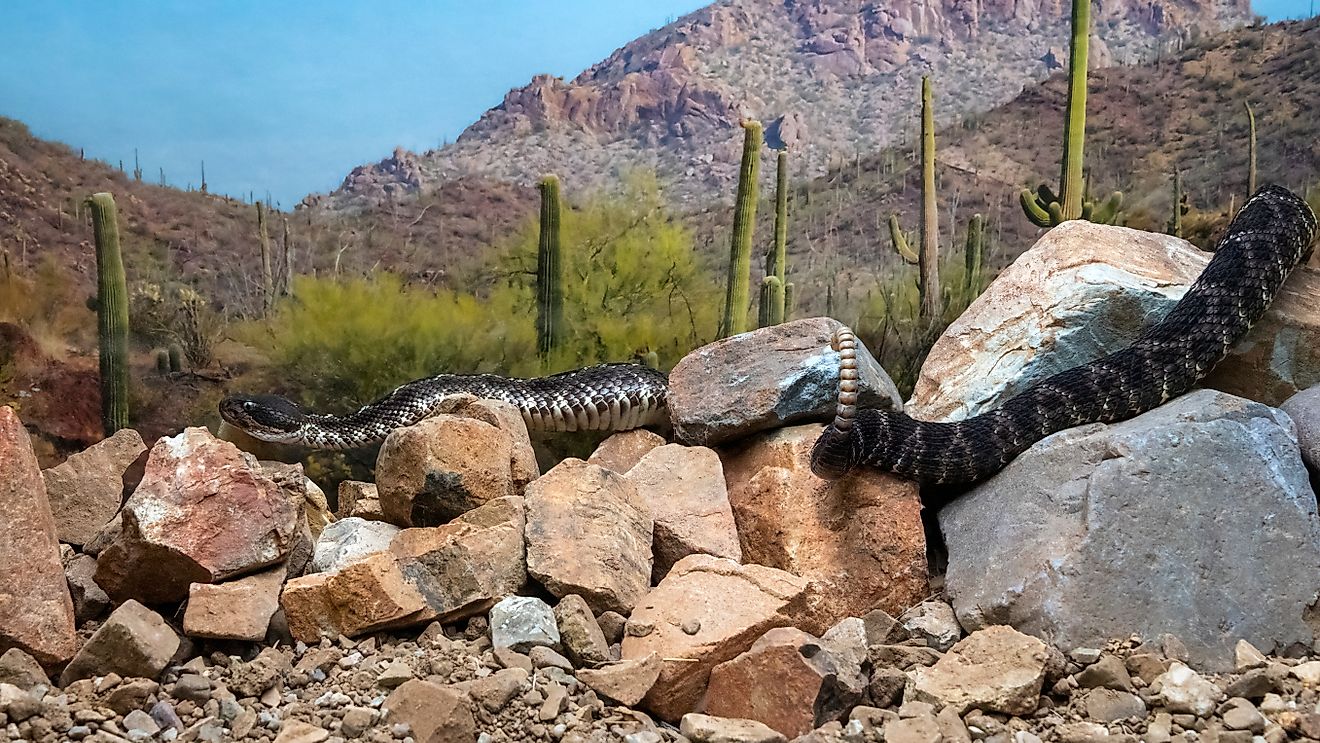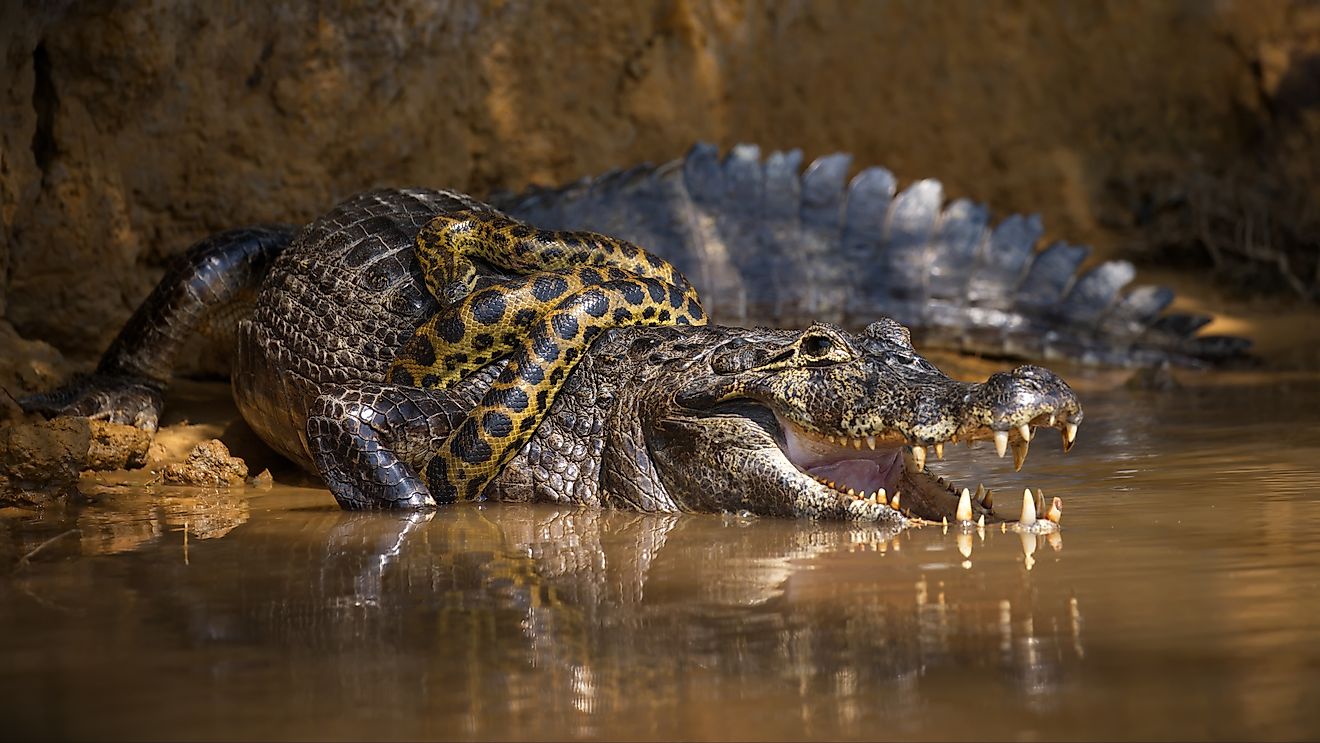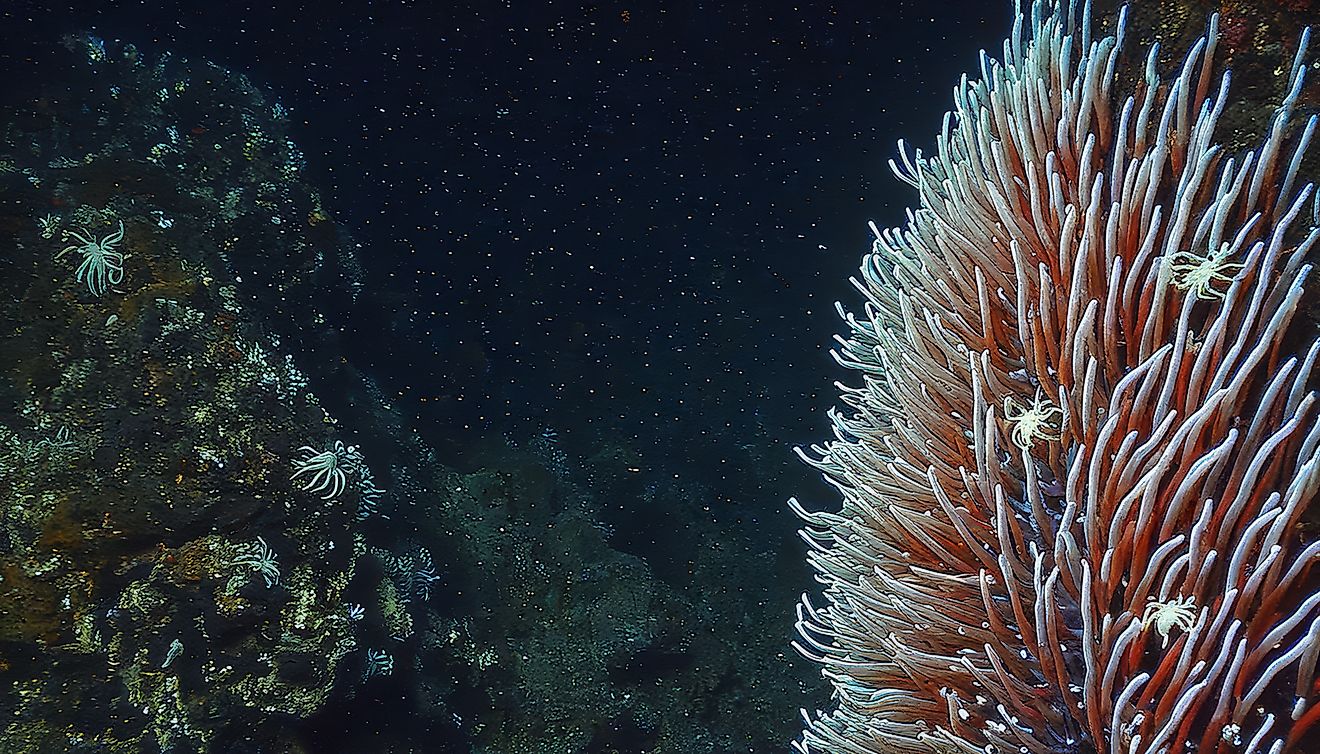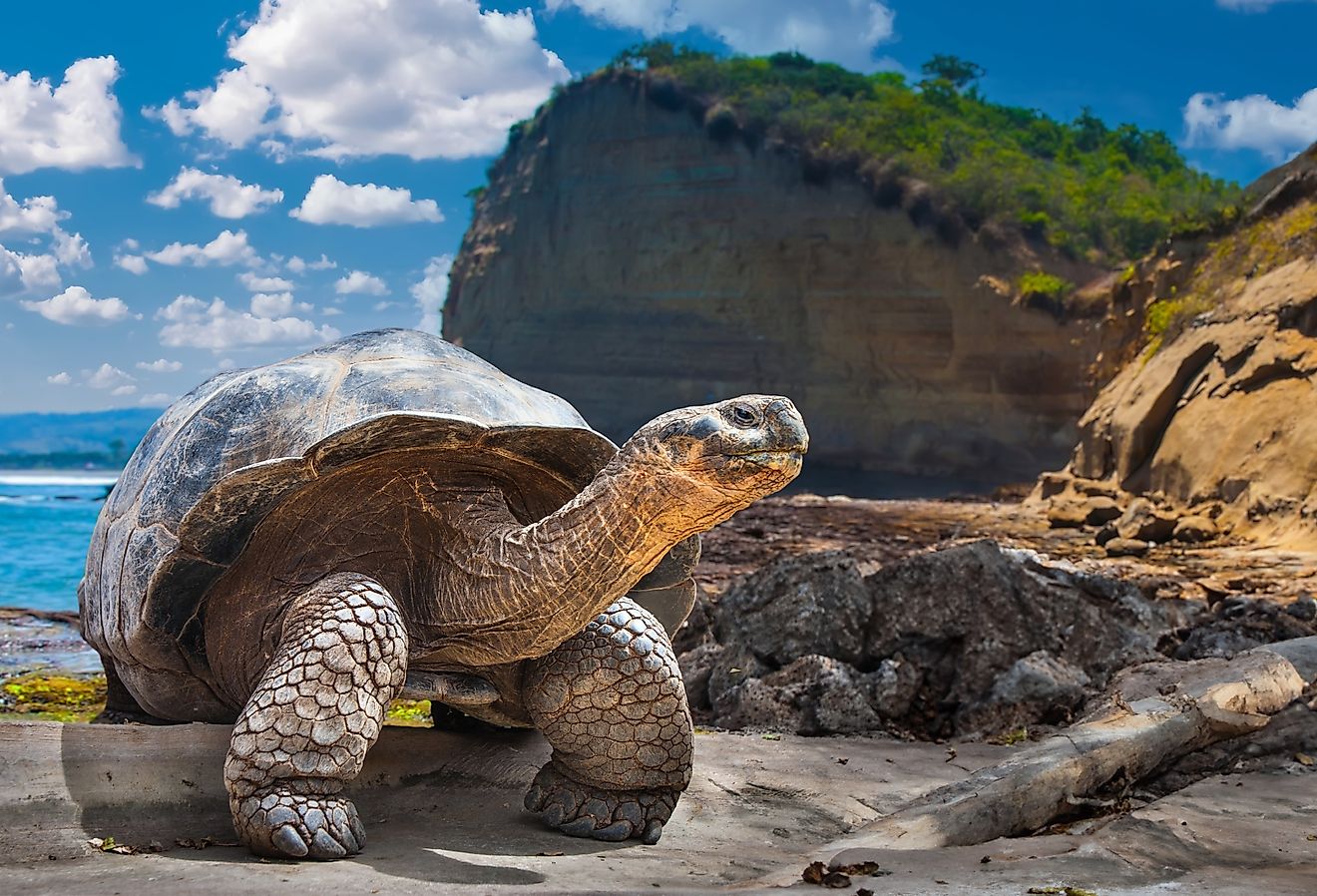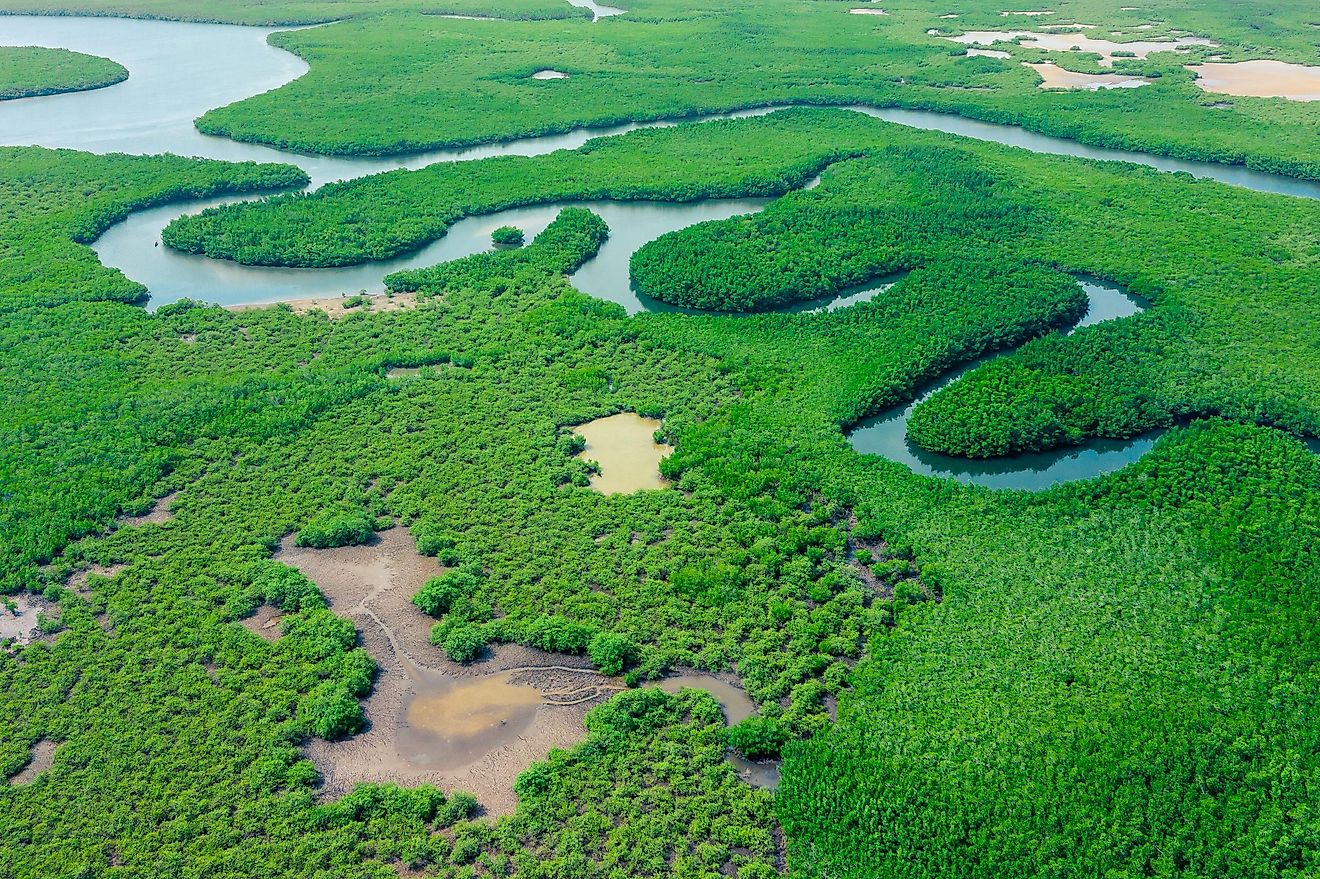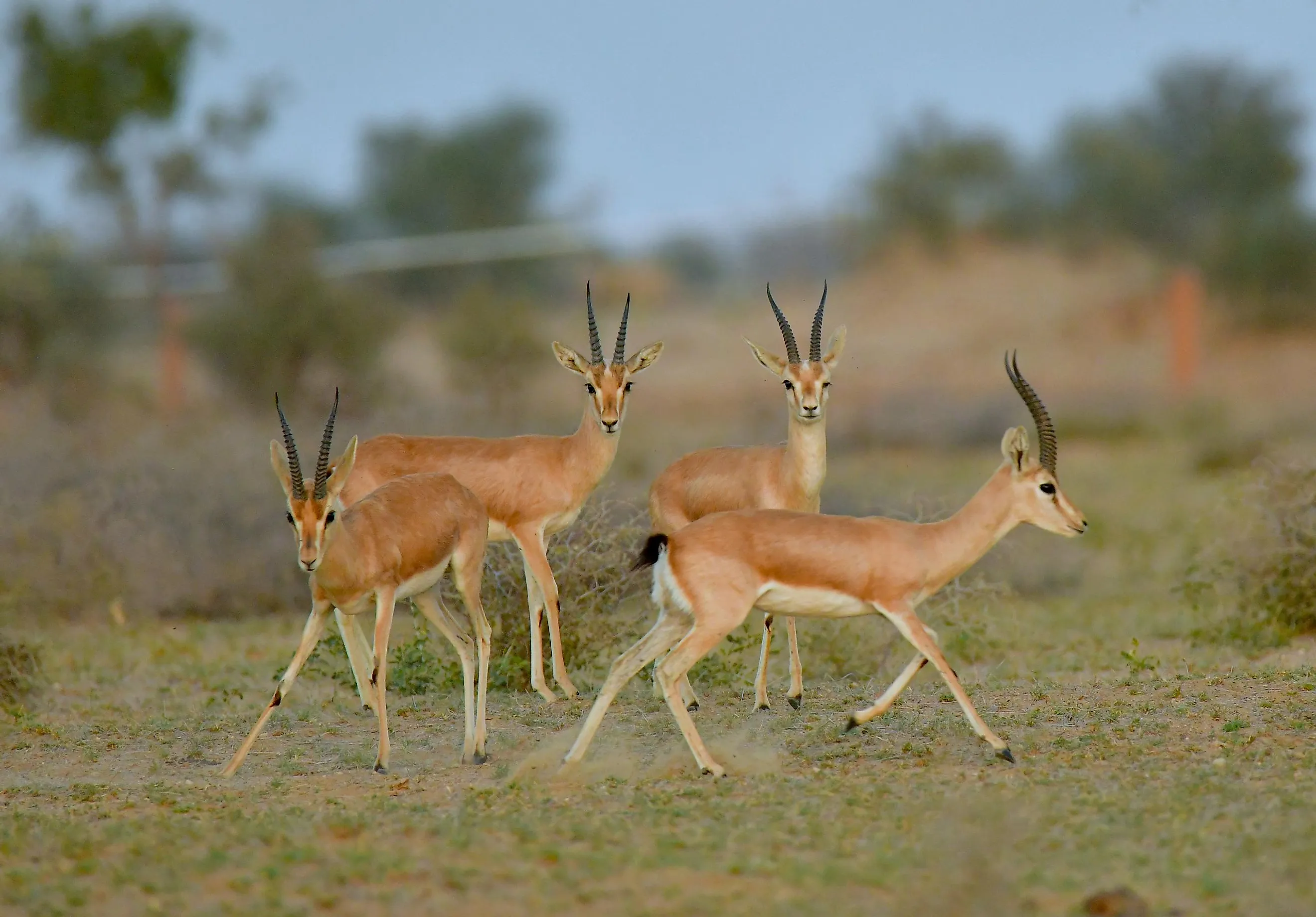
Gazelle
You may not spend all your time thinking about gazelles, as they aren't as known for their power and majesty as tigers or as feared as snakes, but they are fascinating creatures. They are wonders of the scientific community, and they migrate over a large span of the globe. If you're interested in travel, you might see many of these mystifying creatures from China to Tanzania. "Gazelle" comes from the Arabic word ghazāl, which is the word for a love poem. Isn't that an enticing and beautiful tribute to this gracious and mysterious creature? Here are some other fascinating facts about gazelles.
Range And Habitat
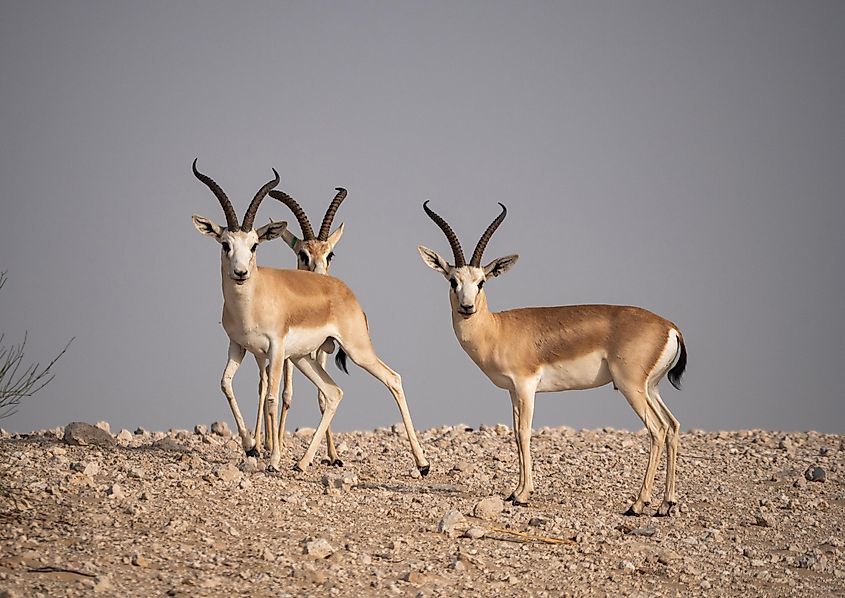
Gazelles live in the dry lands of Asia, North Africa, and in between – which means they are commonly viewed in China, the Sahara Desert, and along the Arabian Peninsula. Most of these creatures fall under the genus Gazella of the family Bovidae. They tend to have tan bodies with white on their bellies and bottoms, with a dark stripe down the side of their bodies, and some facial markings which differ from individual to individual.
Gazelles have evolved to easily live in the desert and waterless steppe regions by extracting water from the plants they graze on and due to their fur's reflective (rather than absorptive) light coloration. When they still struggle to keep cool, they have learned to seek shade and avoid activity or eat in the evenings or early mornings. Nasal panting, similar to the fashion of domesticated dogs, is another way gazelles cool their internal body temperatures in hot weather.
Food Habits And Ecological Significance
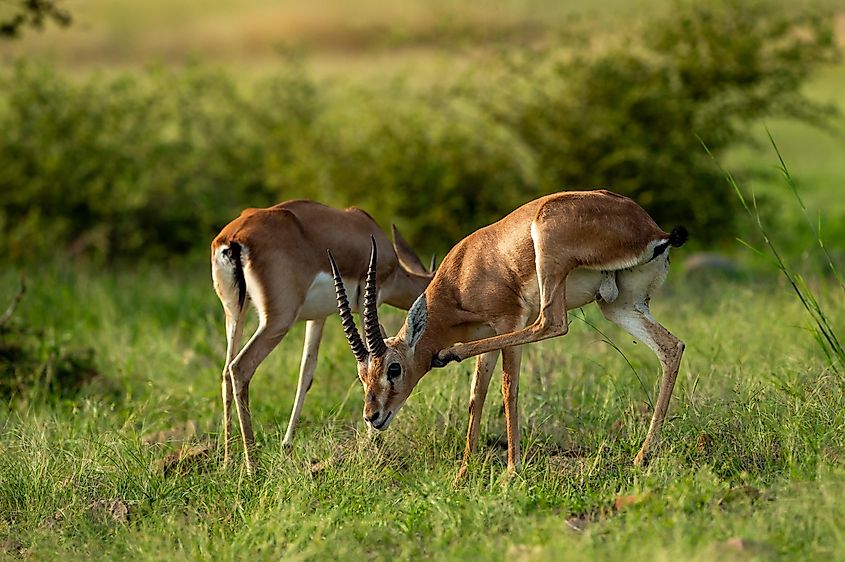
Unlike other herbivores, gazelles have narrow jaws and rows of incisors so that they can choose specifically which plants to feed on, choosing only the most nutritious ones. Their bodies are also built to absorb the best nutrients from their food, streamlining their excretions. The only time that gazelles don't eat plants is when they are babies and drink their mothers' milk, as they are mammals. Their large body size helps them run faster and defend themselves against predators, especially those that hunt in packs. Since they feed on vegetation, gazelles keep plant life from becoming overgrown. They are also part of the food chain for various carnivores like cheetahs, lions, leopards, and more.
Behavior And Reproduction
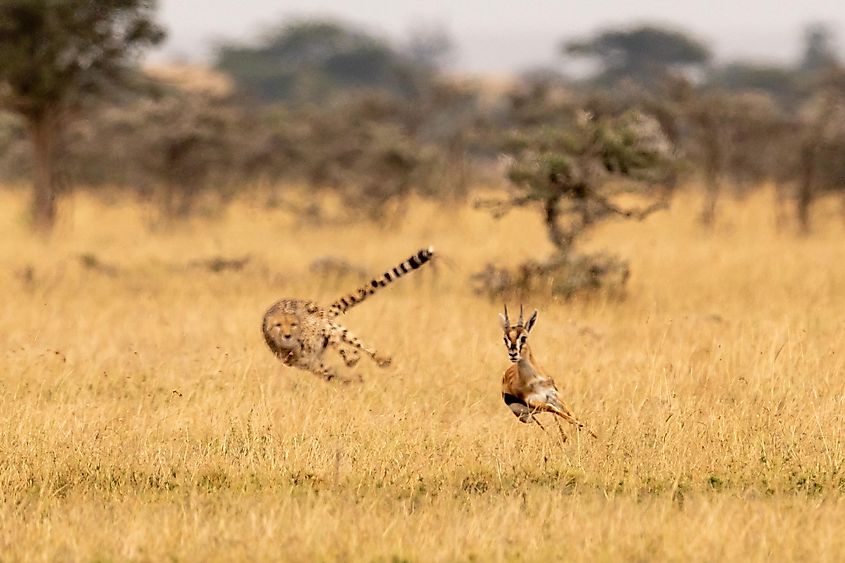
In truth, gazelles are a type of antelope, which means they behave in migratory patterns, moving seasonally, in nomadic patterns, moving consistently between feeding grounds, or a combination of both methods. They also have horns or antlers, both males and females. This keeps them well-fed and safer from predators. Gazelles can also make a honking noise when nervous about predators, and they can jump up to 10 feet high and run up to 60 miles per hour in short bursts (sprints rather than endurance running).
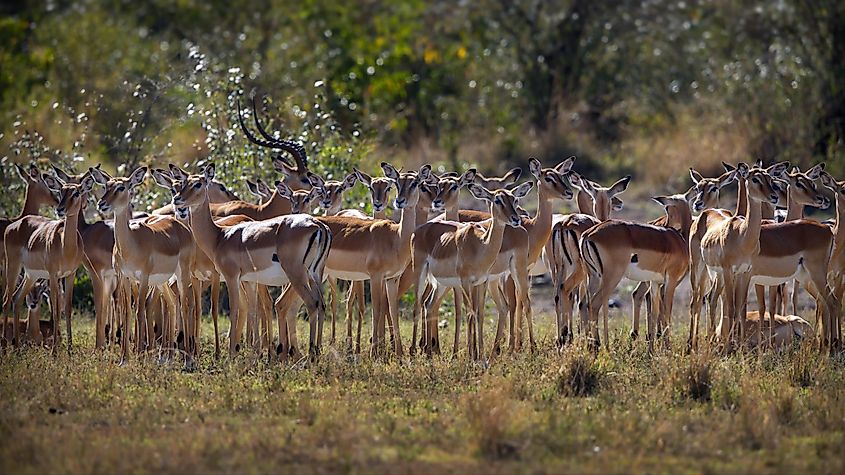
Gazelles tend to live in groups, though the females and young spend more time together while the single males spend time with each other. They all travel together but separate for breeding opportunities. To mark their territory, gazelles have many glands, including between their hooves, in the groin, on their forelegs, and near their eyes, not to mention the conventional animal methods of using urine and feces.
Certain species of gazelles unfailingly give birth to singletons, meaning one baby at a time, while other species of gazelles commonly give birth to twins. According to scientific studies, twins are less common when gazelles live in harsher climates – like extremely arid deserts versus a steppe, or when they move between unpredictable environments.
Evolution
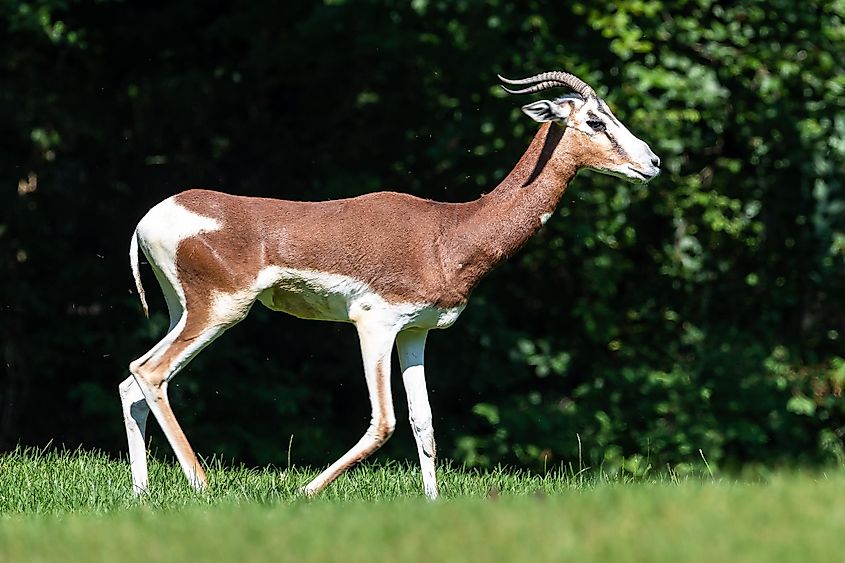
While most antelopes have smaller bodies than gazelles and graze in open grasslands, forming smaller herds or wandering individually, gazelles evolved with larger bodies to withstand harsher habitats and spend time in larger herds. However, it is unclear from scientific studies whether the gazelle species evolved due to a change of habitat or whether the change in habitat occurred due to the evolution of the body.
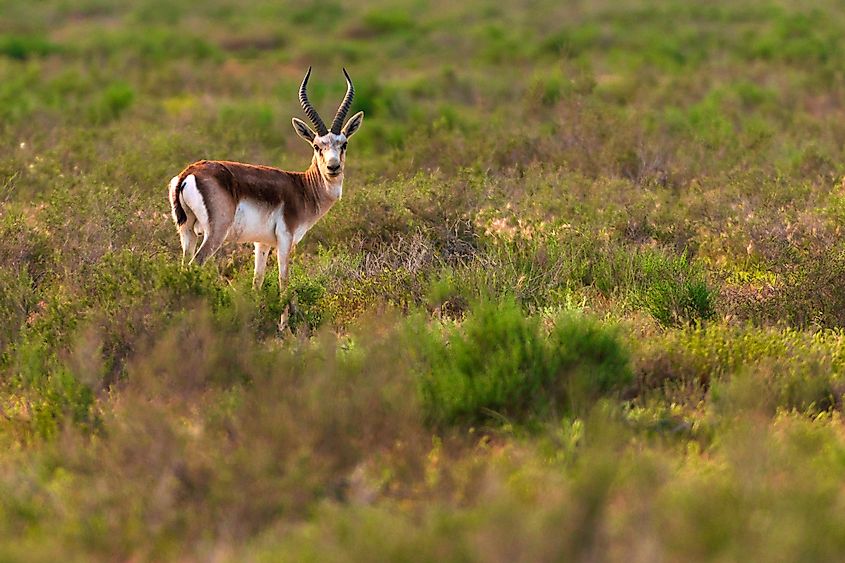
Considering the variety of regions where gazelles can be found, it is unclear where they first lived. Some believe these species are native to Africa, while others believe Asia is the nation of origin. There are so many species under the genus of Gazella that their evolution is a consistent matter of debate and study in the scientific community. Some believe that different species of gazelles derive from several different ancestors – not solely antelopes and not solely in one habitat. In this case, it may be that sub-genus' like Nanger and Eudorcas become genera' of their own, no longer under the umbrella of Gazella. One version of the revised classification involves only ten species under the genus Gazella: three from Africa, five from Asia, and some that are a combination of the two.
Threats
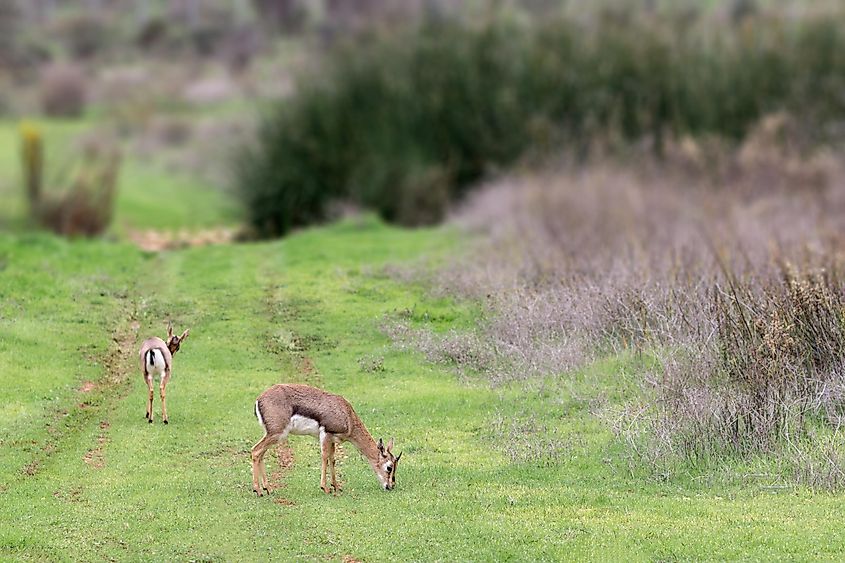
Besides their natural enemies, gazelles also tend to live in open plains, which means they are easy victims of motor vehicle accidents and human hunting – and poaching, which is an illegal form of hunting. Some species of gazelle are critically endangered, despite the NGO Sahara Conservation Fund's best efforts to restore their populations in Africa. Degradation of habitat and competition for grazing pastures (including against farmers' livestock) are also major threats to gazelle populations. Not only have gazelle habitats been degraded by pollution, but human settlements also continue to grow and spread, taking over space that was previously open for grazing for gazelle herds, not to mention the aforementioned issues with farming – and agriculture is a major industry in most of the nations where gazelles are native.
Gazelles are a wonder of the scientific world and a gorgeous species spanning several continents. Whether you're studying them to learn about their mysterious evolution (or demystify it), researching habitat situations and population sizes to improve these for endangered species, or just informing yourself before your next safari voyage, you'll be surprised by the delightfully strange facts about these animals. Based on the origin of the word, maybe you will decide to write your own love poem to the gazelle – an antelope unlike any other. Keep learning about travel destinations to find out more about what the animal kingdom has to offer!
